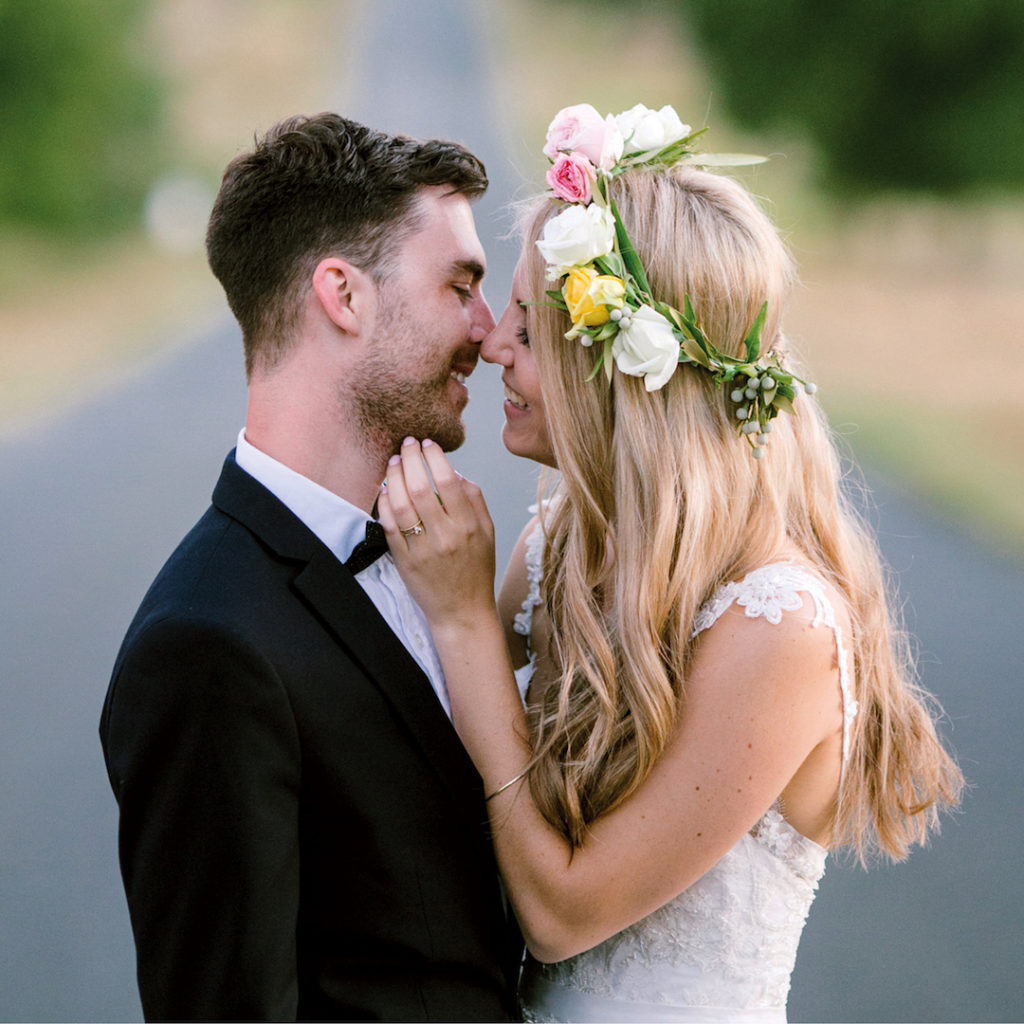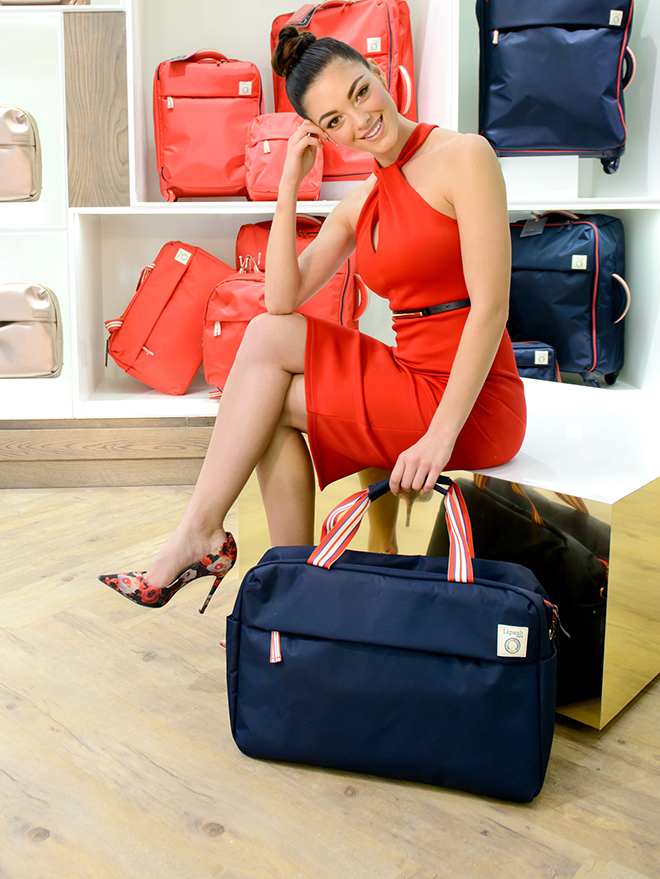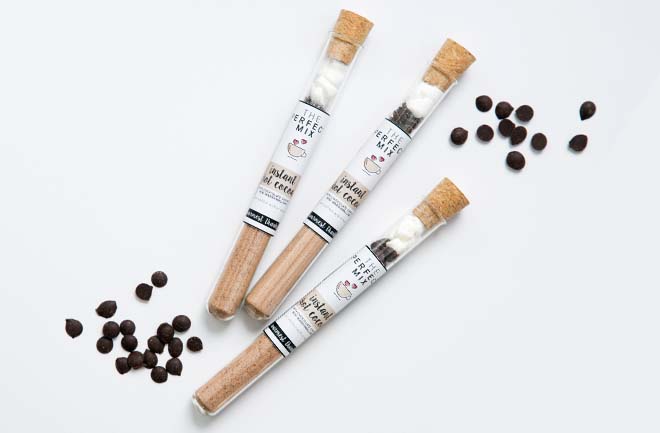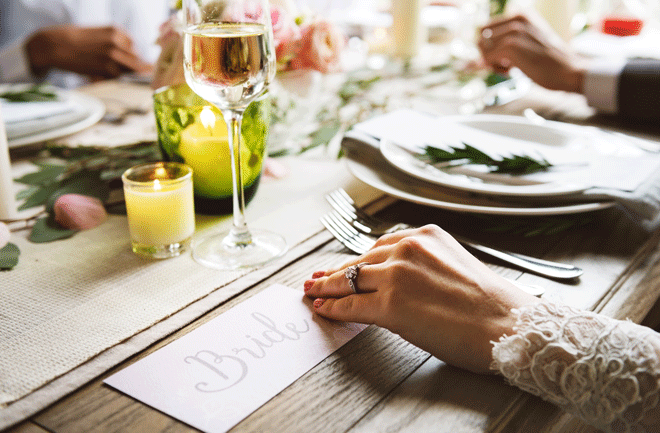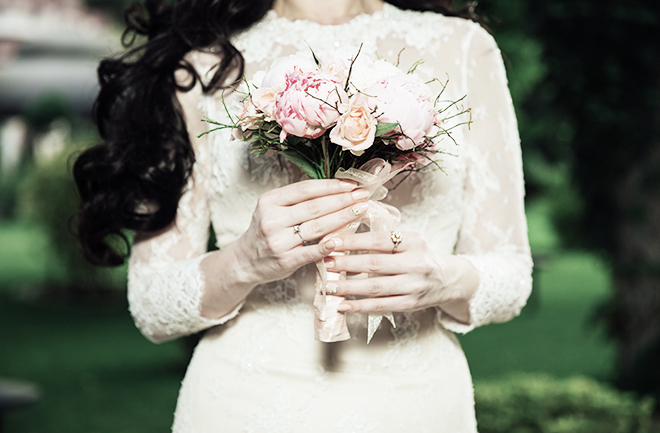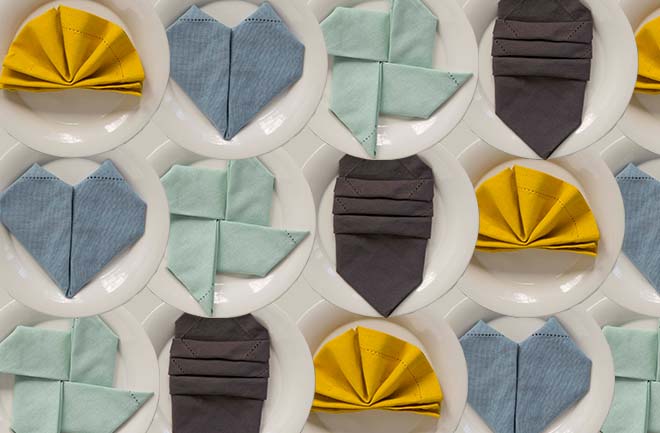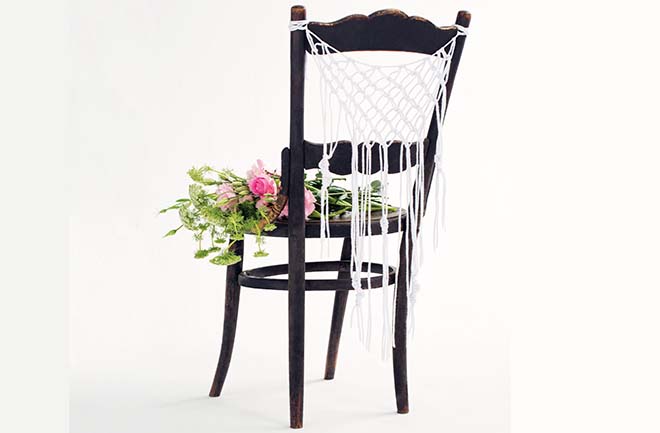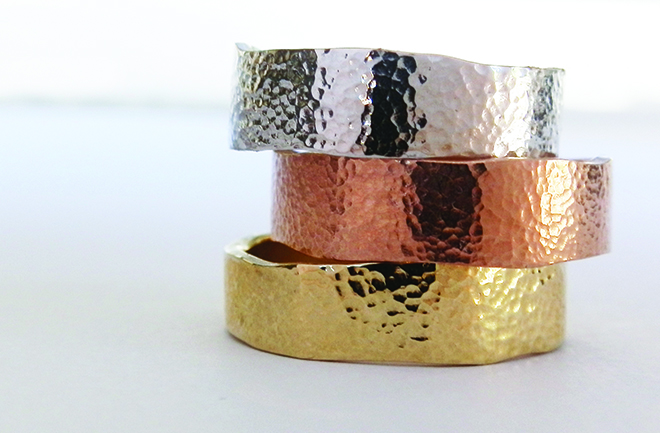The perennially classic rose will always have a place in wedding florals. But with more than a hundred species of locally grown and imported blooms available, how do you know which ones to choose? Read on to find out how to choose your wedding roses.
By Jessica Baxter
COLOUR, SIZE AND FRAGRANCE
Perhaps the easiest way to narrow your search is to decide on your colour scheme, says Heike le Cordeur from Fleur le Cordeur Floral Designs in Cape Town. ‘Identify different shades of a colour that you love and use different types of roses within that colour scheme,’ she advises. ‘Once you have chosen a colour scheme, you can then look at the flower itself,’ says Heike, suggesting you focus on size and fragrance. ‘As far as possible, I work with fragrant varieties, as very little beats walking into a venue and smelling the flowers.’
Locally, the summer months see the blooming of beautifully fragrant garden roses, but these tend not to be sold commercially and are therefore more difficult to get hold of. This is a better option for those looking to use fewer flowers, as you’re rarely able to order large quantities of these. If you want to fill your venue with roses, then Heike recommends looking at the varieties imported from neighbouring African countries. ‘Kenya, Zimbabwe and Nigeria all grow the most incredible large-head roses.’ And size does matter. A smaller, more open flower head will lend an arrangement a softer, more romantic feel, while a larger bloom is a modern choice.
VARIETY SHOW
While you can rely on your florist to suggest which roses are best to use, familiarising yourself with a few of the popular wedding varieties will make the process that much easier. Some names to add to your list are the iceberg, a pristine white rose that flowers most of the year in South Africa; hybrid tea roses, which are easily recognised by their large, structured blooms; and the Royal Baccara, known for their deep red hue.
DON’T SKIMP ON QUALITY
Whichever variety you choose, always pay more for quality – you don’t want your roses wilting after a few hours. High-quality roses are reliable in hotter venues, where the florist may not have control over the temperature,’ says Heike.
GOOD TO KNOW
1. For the table arrangements, combine roses with other fragrant flowers, such as hyacinths, to give your guests a rich sensory experience.
2. If you decide on a traditional rose bouquet, play with different hues to add interest.
3. If you’re using rose petals instead of confetti after the ceremony, go for fragrant varieties and let their perfume fill the air.
4. Choose bigger blooms for the altarpieces and aisle arrangements, as they make more of a visual impact, especially if you have a large space to fill.

